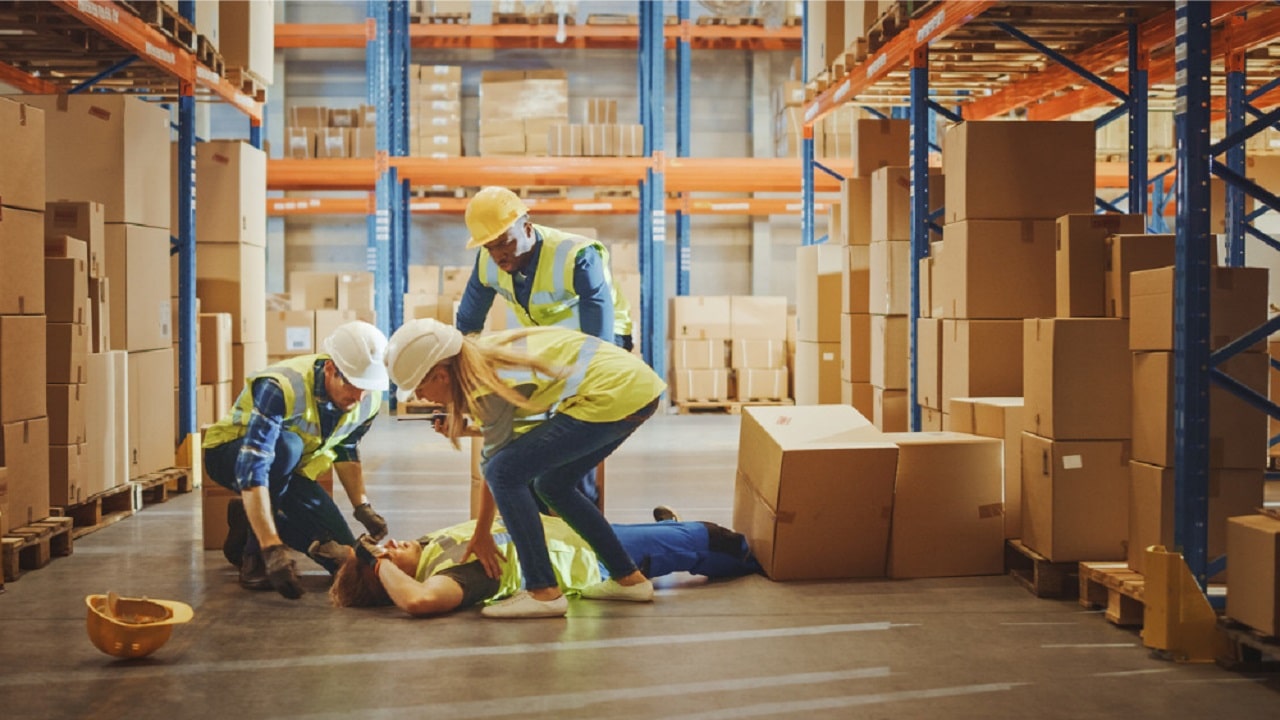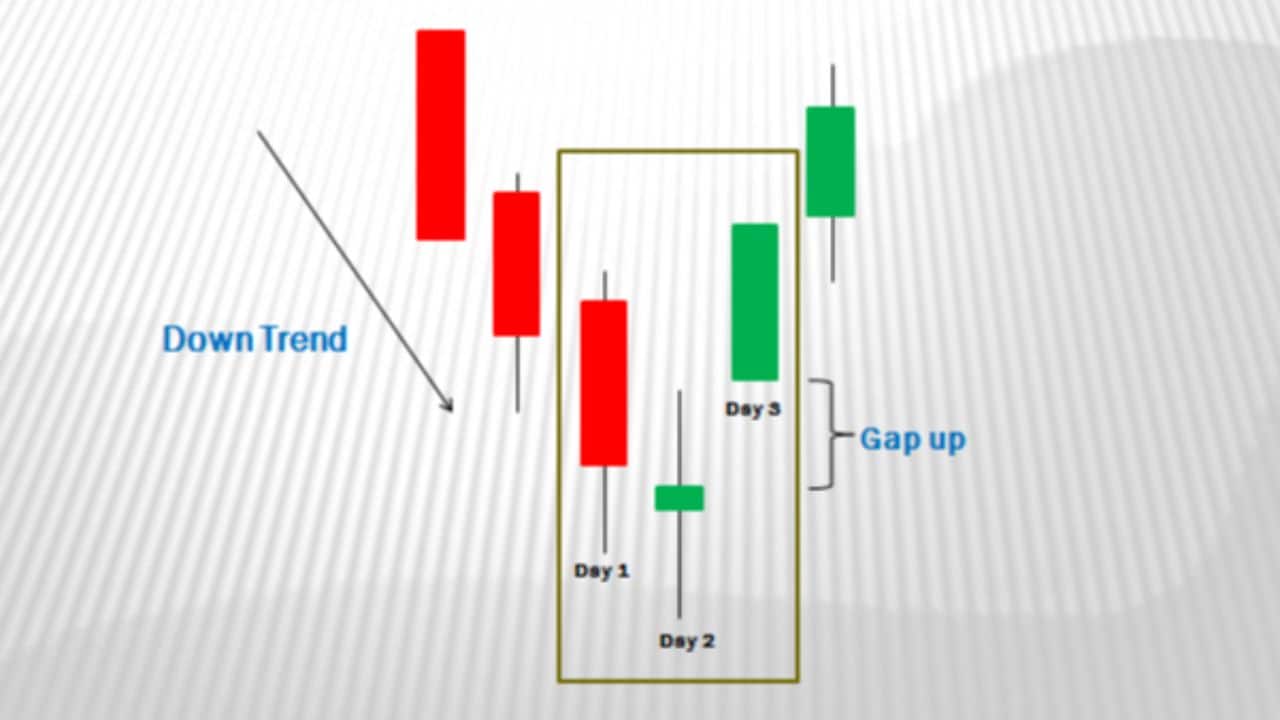Workplace accidents and injuries are an unfortunate reality in various industries. Despite advancements in technology and safety measures, accidents continue to occur, leading to lowered levels of productivity, financial burden, and emotional stress for both employees and employers. Through awareness and prevention, we can reduce the frequency and severity of these incidents. Here are some of the most common workplace injuries and how they could be prevented.
Slips, Trips, and Falls
Slips, trips, and falls are among the most common workplace accidents, often resulting from wet floors, cluttered walkways, or uneven surfaces. In 2020, approximately 18% of workplace injury reports were filed by people who slipped and fell at work. In addition to immediate injuries, such as sprains, fractures, and severe head injuries, these incidents can also lead to long-term health issues and chronic pain.
Prevention Tips:
- Regularly clean and maintain floors, ensuring they are dry and free of debris.
- Install proper lighting and use caution signs to indicate wet or uneven surfaces.
- Provide employees with slip-resistant footwear.
- Encourage employees to report potential hazards and unsafe conditions.
- Install handrails and guardrails in areas with a higher risk of falls.
- Develop a housekeeping program to maintain clean and organized workspaces.
Overexertion and Repetitive Strain Injuries
Manual handling, lifting, and repetitive tasks can cause overexertion and strain injuries, such as muscle strains, tendonitis, and carpal tunnel syndrome. These injuries can result in chronic pain, long-term disability, and reduced productivity.
Prevention Tips:
- Train employees on proper lifting techniques.
- Provide mechanical aids for lifting heavy objects.
- Implement regular breaks and encourage stretching exercises.
- Rotate job tasks to reduce repetitive motions and overexertion.
- Encourage employees to report early signs of strain-related discomfort.
- Conduct workstation assessments to identify ergonomic improvements.
Falling Objects and Debris
Workplaces with overhead storage or construction sites are prone to accidents involving falling objects and debris. These incidents can result in head trauma, fractures, and even fatalities.
Prevention Tips:
- Secure all overhead materials and tools properly.
- Use barriers and warning signs in areas where falling objects are a risk.
- Provide appropriate PPE, such as hard hats, for employees in high-risk areas.
- Encourage employees to stay alert and aware of their surroundings.
- Implement a system for using toe bards and nets to catch falling objects.
- Establish a protocol for safely moving materials and equipment at high points.
Vehicle Accidents
Operating vehicles, such as forklifts, trucks, and cars, can pose risks for accidents. Collisions, rollovers, and pedestrian accidents can lead to severe injuries or fatalities.
Prevention Tips:
- Ensure all drivers are properly trained and licensed for the vehicles they operate.
- Implement strict safety guidelines and protocols for vehicle operation.
- Regularly maintain and inspect vehicles for potential hazards.
- Establish designated pedestrian walkways to minimize interactions with vehicles.
- Implement a traffic management plan to control vehicle movements within the workplace.
- Encourage defensive driving practices and regular vehicle safety checks.
Machine and Equipment Accidents
Machinery and equipment, particularly in manufacturing and construction industries, can cause accidents ranging from minor cuts and bruises to amputations and fatalities.
Prevention Tips:
- Provide comprehensive training for employees operating heavy machinery and other equipment.
- Implement safety guidelines, such as lockout or tagout procedures, to prevent accidental activation.
- Regularly inspect and maintain machinery and equipment for potential hazards.
- Encourage employees to report any malfunctions or concerns promptly.
- Develop a preventative maintenance schedule to ensure equipment is functioning properly.
- Use machine guards to protect workers from moving parts and potential hazards.
Fire and Explosion Hazards
Fires and explosions can occur in workplaces due to flammable materials, electrical hazards, or improper storage of chemicals.
Prevention Tips:
- Develop and implement a fire safety plan that includes fire detection, suppression, and evacuation procedures.
- Regularly inspect and maintain fire extinguishers, alarms, and sprinkler systems,
- Train employees on the proper handling and storage of flammable materials.
- Regularly inspect electrical systems and equipment to prevent potential fire hazards.
- Use proper ventilation systems and designated areas for storing hazardous materials.
Workplace Violence
Workplace violence is an often overlooked hazard that can result in physical injuries and psychological trauma. It encompasses a wide range of behaviors, from verbal threats to physical assault.
Prevention Tips:
- Develop a workplace violence prevention policy that outlines expectations and consequences.
- Train employees to recognize warning signs and report incidents promptly.
- Foster a culture of respect, inclusivity, and open communication.
- Implement security measures, such as access control systems and surveillance cameras.
Creating a Culture of Safety
Beyond implementing preventative measures, fostering a culture of safety is essential for reducing workplace accidents and injuries. A culture of safety encourages open communication, shared responsibility, and continuous improvement.
- Encourage employees at all levels to actively participate in safety initiatives and discussions.
- Reward and recognize employees who contribute to safety improvements.
- Conduct regular safety audits and share findings with employees.
- Provide ongoing safety training and maintain open lines of communication for reporting hazards.
- Establish a safety committee with representatives from different areas of the organization.
- Set clear safety goals and track progress towards achieving them.










































